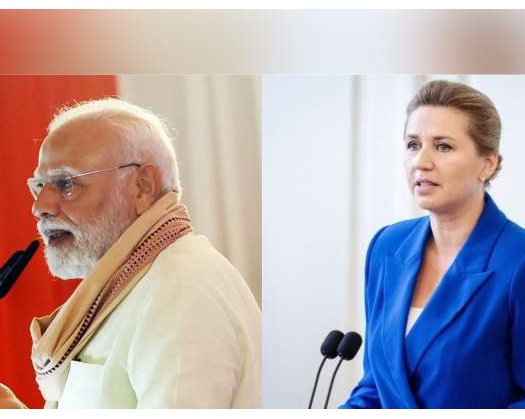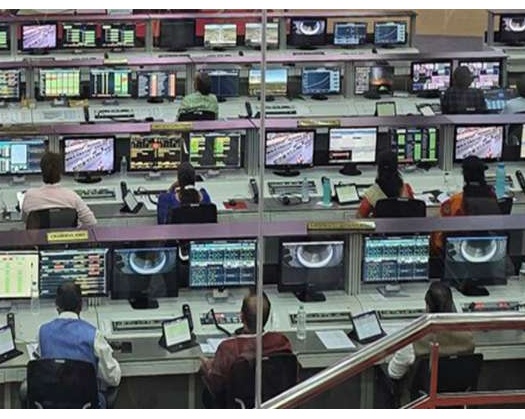New Delhi: According to the most current data from the World Gold Council (WGC), central bank gold purchases worldwide fell in April.
According to the WGC, central banks increased their reserves by a total of 12 tonnes in the month. This statistic reflects a 12% drop in purchases from the previous month and is lower than the 12-month average of 28 tonnes.
This decrease in net purchases is the second month in a row that the pace of accumulation has slowed. Analysts believe that this trend may be due in part to the substantial increase in the price of gold since the beginning of the year, with gold hitting several new highs in recent months.
Despite the fact that WGC anticipates overall shopping to increase, the economic and political climate is very unpredictable.
According to the World Gold Council's research, the National Bank of Poland remained a powerful participant in the market, serving as the top purchaser in both April and on a year-to-date basis.
Furthermore, the Reserve Bank of India kept its gold reserves unchanged at 880 tonnes and updated information about its gold storage facilities.
On the other hand, various African central banks are considering increasing their gold reserves. The Bank of Namibia announced intentions to acquire gold in early May, with the goal of increasing it to 3% of total reserves.
Similarly, Rwanda's national bank announced in the same month that it plans to build gold reserves.
Gold fell on Tuesday after reaching a four-week high earlier in the day, owing to a modest rebound in the dollar and profit-taking, as investors remained cautious in light of ambiguous US trade policies.
According to an ICRA analysis, domestic gold jewelry usage in India is expected to increase dramatically, by 12-14 percent in value terms, in fiscal year 2026.









